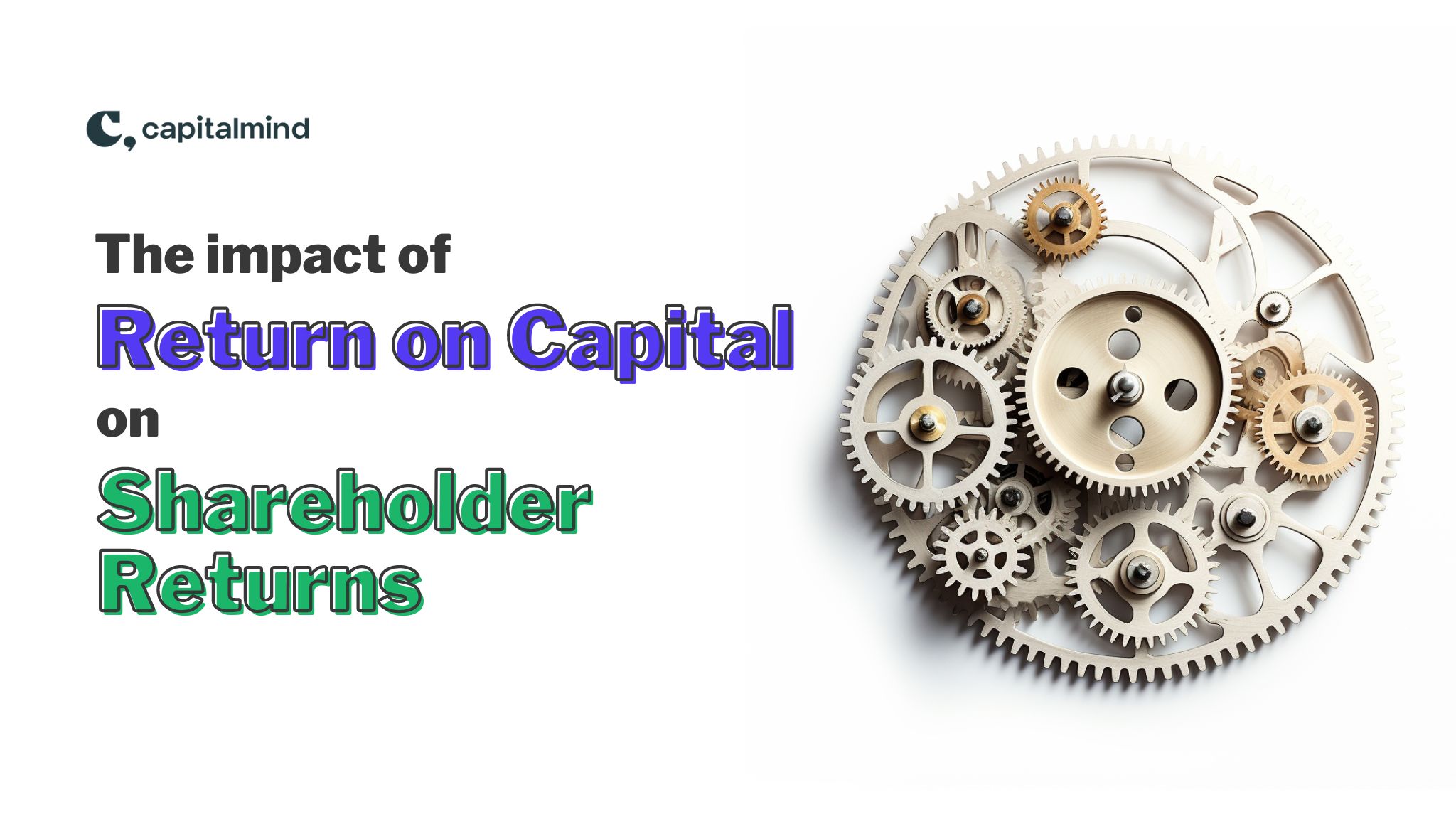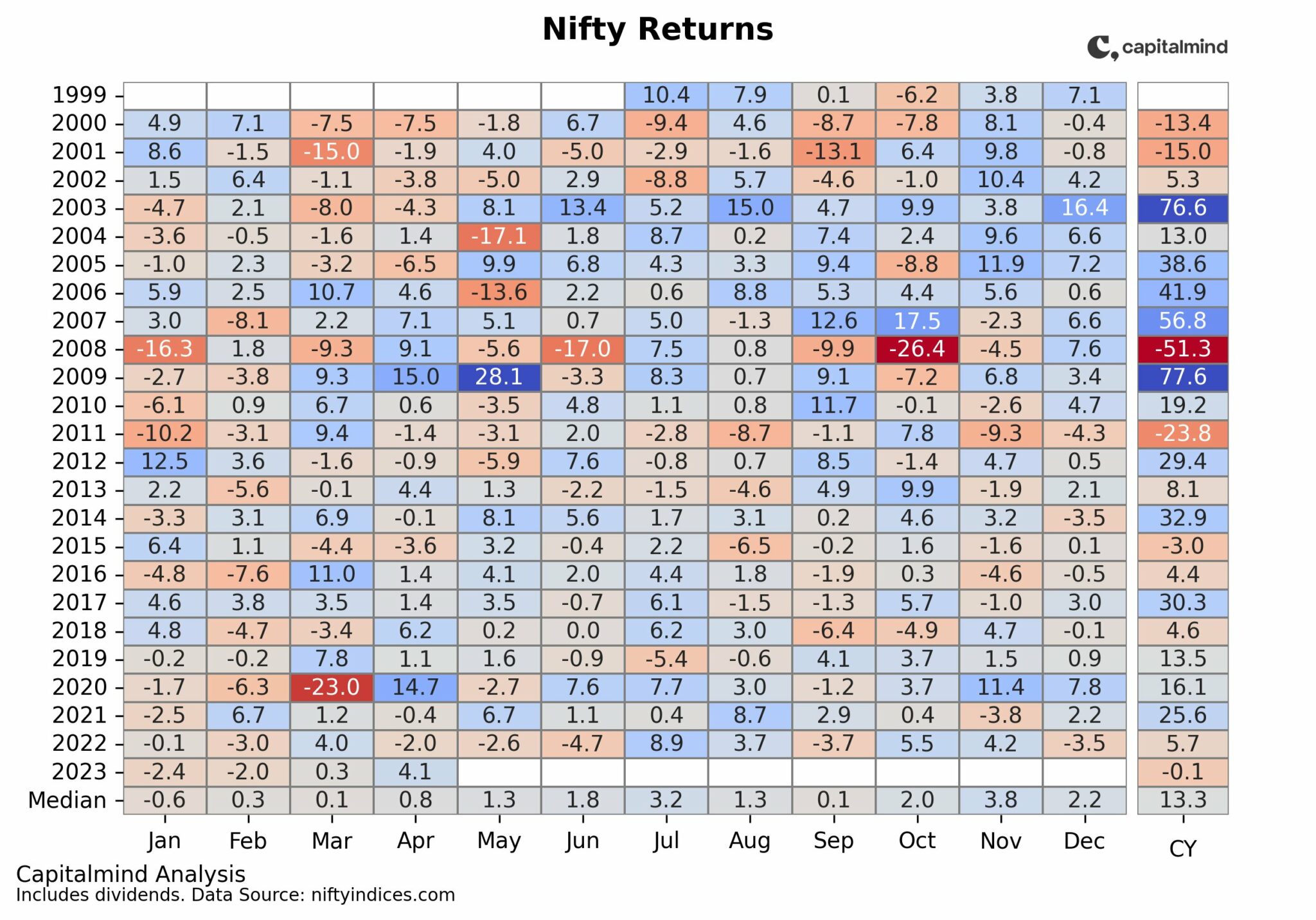The news is that oh my goodness a recession is coming in the US because of the yield curve inversion. There’s 2 year bonds, and there’s 10 year bonds. Like in India, you would expect a higher return for 10 years in a fixed income investment, than for a 2 year one. But in the US, that bit has changed.
People are requiring a higher yield of the 2 year bond than of a 10 year bond. So the difference, or the “spread” between the two, which should generally be positive, has turned negative. (See news)
This is supported by fancy charts like this – from the US Fed, where gray areas are recessions:
But let’s look more carefully at the stock market. We are seeing the first inversion in a LONG time. How does the market behave when the yield inverts for the first time after a while?
The Past Inversions
Let’s go back to 1978. That’s the first inversion we have on the graph. August 1978 to be precise. How did the S&P 500 index do?
As you can see, a little dip and the market just kept going up.
The next time it dipped after many years was in Jan 1989. And then:
Oh, June 1998 – when LTCM started to fail – the yield curve inverted. Here the market did correct a bit but in a short while recovered and went up and onward.
And the last time we saw a “first after a while” inversion was 2005. And that’s almost legendary for the S&P 500.
The Lesson: Don’t Believe Everything That Looks Good In A Chart
Because there is such a thing as nuance. There are hundreds of reasons for the 2-10 spread to invert, some of them that actually indicate recessionary problems. But in reality, it seems like this – the markets, bar a few months, went up significantly after a yield inversion. All the way back to 1978.
And in general, recessions happened 2 years or so after a yield inversion, which might be a market level much higher than the point at which the inversion happened.
It’s totally useless to panic or predict markets based on such yield inversions. But if you had to predict something, you’d actually go in and buy heavily.









